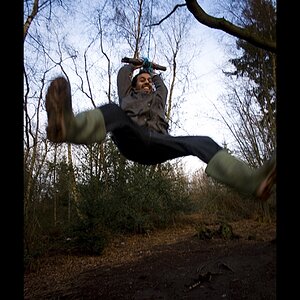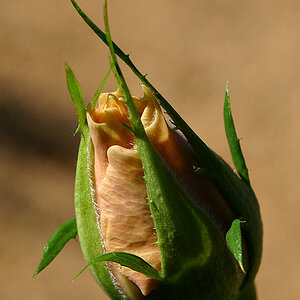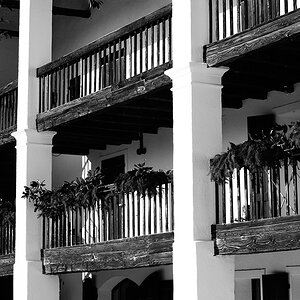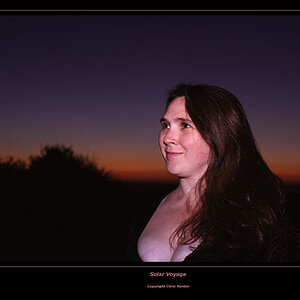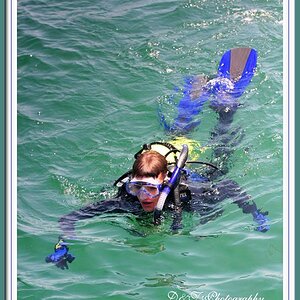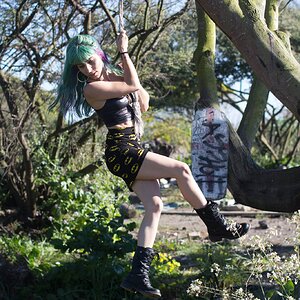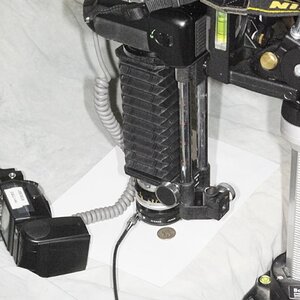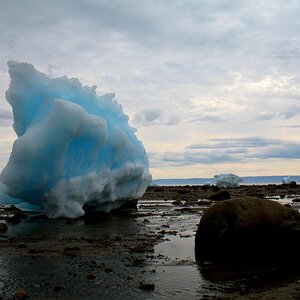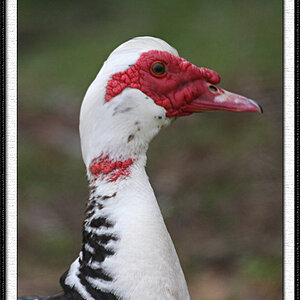- Joined
- Aug 15, 2013
- Messages
- 13,695
- Reaction score
- 3,369
- Location
- SE Michigan
- Can others edit my Photos
- Photos OK to edit
ISO 64000
Shutter 1/8000
Aperture f/22
wow .. maxxed out on everything.
as mentioned use something way less.
At that age and considering she was running down some I'd be shooting at least a Shutter of 1/1000
and Aperture of f/8
then ISO would be way less which would eliminate the fuzzy/snowy effect that you see in the image.
As mentioned above you really need to start gaining an understanding of exposure. You need a Shutter speed fast enough, for this, to stop motion. And an aperture to give you the depth of field that you want, and an ISO that is good for the camera. then learn to make adjustments to compensate for any off exposure setting.
Shutter 1/8000
Aperture f/22
wow .. maxxed out on everything.
as mentioned use something way less.
At that age and considering she was running down some I'd be shooting at least a Shutter of 1/1000
and Aperture of f/8
then ISO would be way less which would eliminate the fuzzy/snowy effect that you see in the image.
As mentioned above you really need to start gaining an understanding of exposure. You need a Shutter speed fast enough, for this, to stop motion. And an aperture to give you the depth of field that you want, and an ISO that is good for the camera. then learn to make adjustments to compensate for any off exposure setting.


![[No title]](/data/xfmg/thumbnail/37/37102-ef61523dcb48f0bd3a761c8bb5cea767.jpg?1619737881)
